Scythian Gold Decorated Ritual Vessel 4th century BC A superb and highly evocative ritual gold vessel of conical shape, hand beaten from a single sheet; the rim chased with a bilinear band above a field of beautifully delineated, overlapping feathers, each with midrib and dot to the apex, the underside with running whorl design surrounding the central hole with a rolled edge. 125 grams, 71mm (3"). Very fine condition. Provenance Property of a European businessman; from his private Belgian collection formed in the 1990s; previously in the North American collection of Ms Andrea Mansees, Chicago, Illinois, 1950s-1990s; accompanied by an eight page scientific report by Dr. habil. Mikhail Treister, Ancient Toreutics and Jewellery in Eastern Europe, Bonn, report number 106/2019. Literature For a similar shaped gold vessel see the excavations at the kurgan of Sengileevskoe-2, Satvropol, Southern Russia. Footnotes The Greek historian Herodotus is one of the earliest sources for the Scythians. He tells us that they called themselves Skudat, meaning 'archers' and that they were a nomadic people who covered a vast area; they were known by the Chinese who built the Great Wall to protect themselves against their raids. The gold vessels recently excavated at Sengileevskoe-2, Stavropol, also have holes to the base and were found to have a black residue inside that, when tested, was discovered to be a mixture of cannabis and opium. Herodotus mentions the use of drugs in Scythian rituals: 'That no Grecian vapour-bath can surpass … transported by the vapour, they shout aloud.' A number of Scythian burials have been excavated where bags of hemp seeds have been found alongside the deceased. What Herodotus tells about Scythian customs has often been corroborated by archaeologists. Examples are the human sacrifices, the use of skulls as vessels, drinking the blood of slain enemies, the funerary rituals, the existence of female warriors, and the use of cannabis and opium to get 'high'. Herodotus may have learned all this from Greeks who lived on the Scythian coast. In his report, Dr. Treister discusses the nature of this and similar Scythian gold objects and cites several parallels for the form, type and dating, with an extensive bibliography of sources; he confirms that their function remains uncertain but that academic opinion believes them to have been used for the ritual burning of incense or drugs.
Scythian Gold Decorated Ritual Vessel 4th century BC A superb and highly evocative ritual gold vessel of conical shape, hand beaten from a single sheet; the rim chased with a bilinear band above a field of beautifully delineated, overlapping feathers, each with midrib and dot to the apex, the underside with running whorl design surrounding the central hole with a rolled edge. 125 grams, 71mm (3"). Very fine condition. Provenance Property of a European businessman; from his private Belgian collection formed in the 1990s; previously in the North American collection of Ms Andrea Mansees, Chicago, Illinois, 1950s-1990s; accompanied by an eight page scientific report by Dr. habil. Mikhail Treister, Ancient Toreutics and Jewellery in Eastern Europe, Bonn, report number 106/2019. Literature For a similar shaped gold vessel see the excavations at the kurgan of Sengileevskoe-2, Satvropol, Southern Russia. Footnotes The Greek historian Herodotus is one of the earliest sources for the Scythians. He tells us that they called themselves Skudat, meaning 'archers' and that they were a nomadic people who covered a vast area; they were known by the Chinese who built the Great Wall to protect themselves against their raids. The gold vessels recently excavated at Sengileevskoe-2, Stavropol, also have holes to the base and were found to have a black residue inside that, when tested, was discovered to be a mixture of cannabis and opium. Herodotus mentions the use of drugs in Scythian rituals: 'That no Grecian vapour-bath can surpass … transported by the vapour, they shout aloud.' A number of Scythian burials have been excavated where bags of hemp seeds have been found alongside the deceased. What Herodotus tells about Scythian customs has often been corroborated by archaeologists. Examples are the human sacrifices, the use of skulls as vessels, drinking the blood of slain enemies, the funerary rituals, the existence of female warriors, and the use of cannabis and opium to get 'high'. Herodotus may have learned all this from Greeks who lived on the Scythian coast. In his report, Dr. Treister discusses the nature of this and similar Scythian gold objects and cites several parallels for the form, type and dating, with an extensive bibliography of sources; he confirms that their function remains uncertain but that academic opinion believes them to have been used for the ritual burning of incense or drugs.
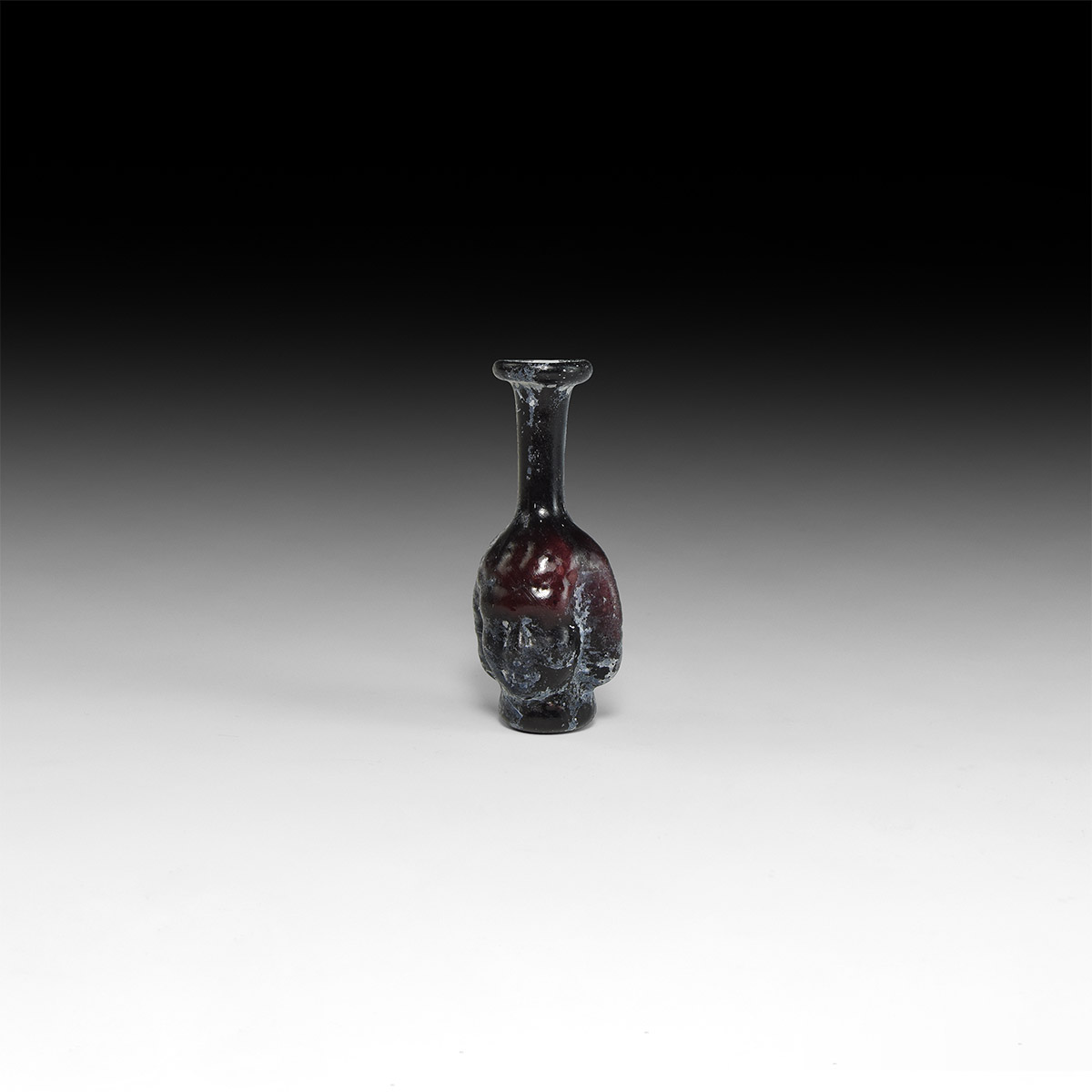
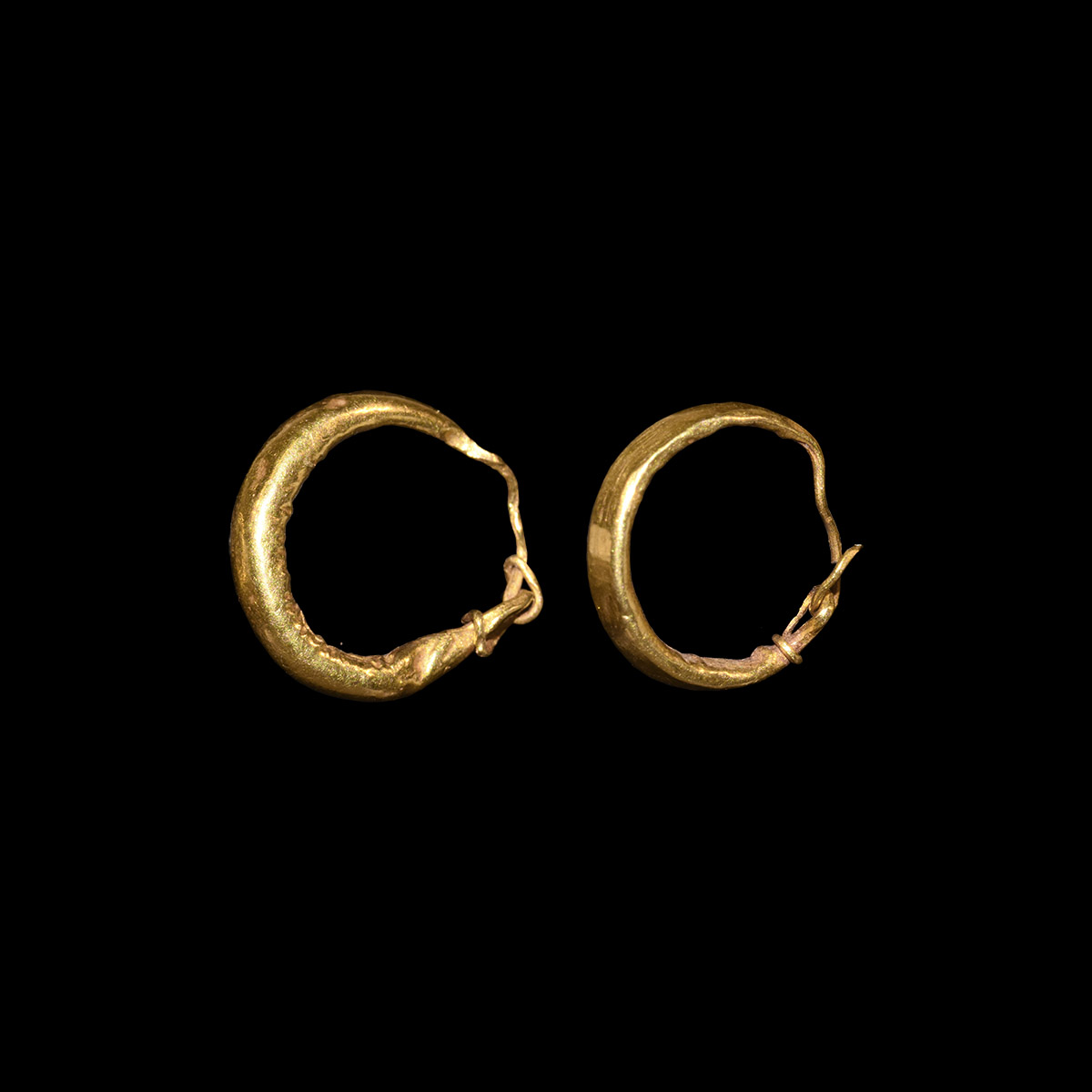
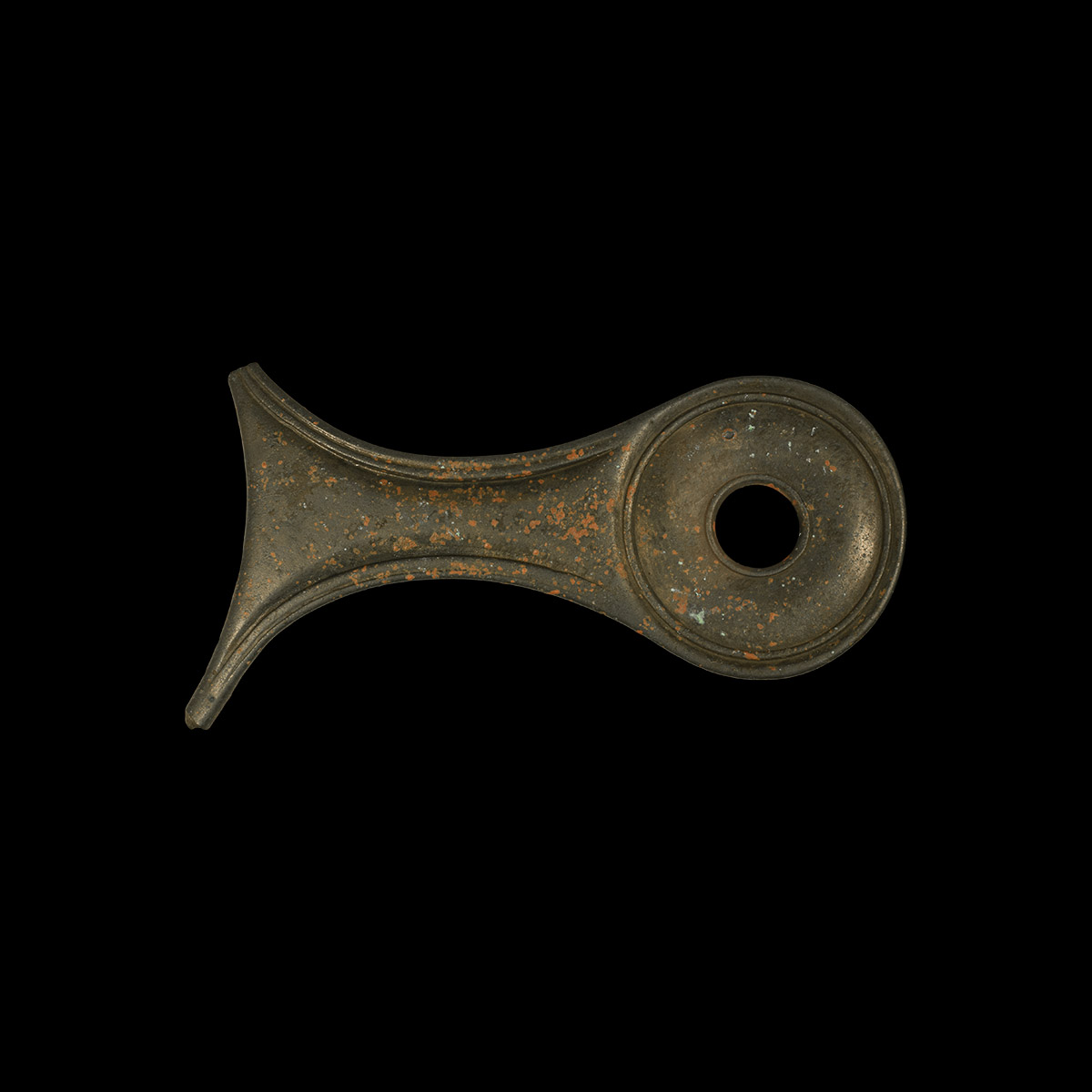
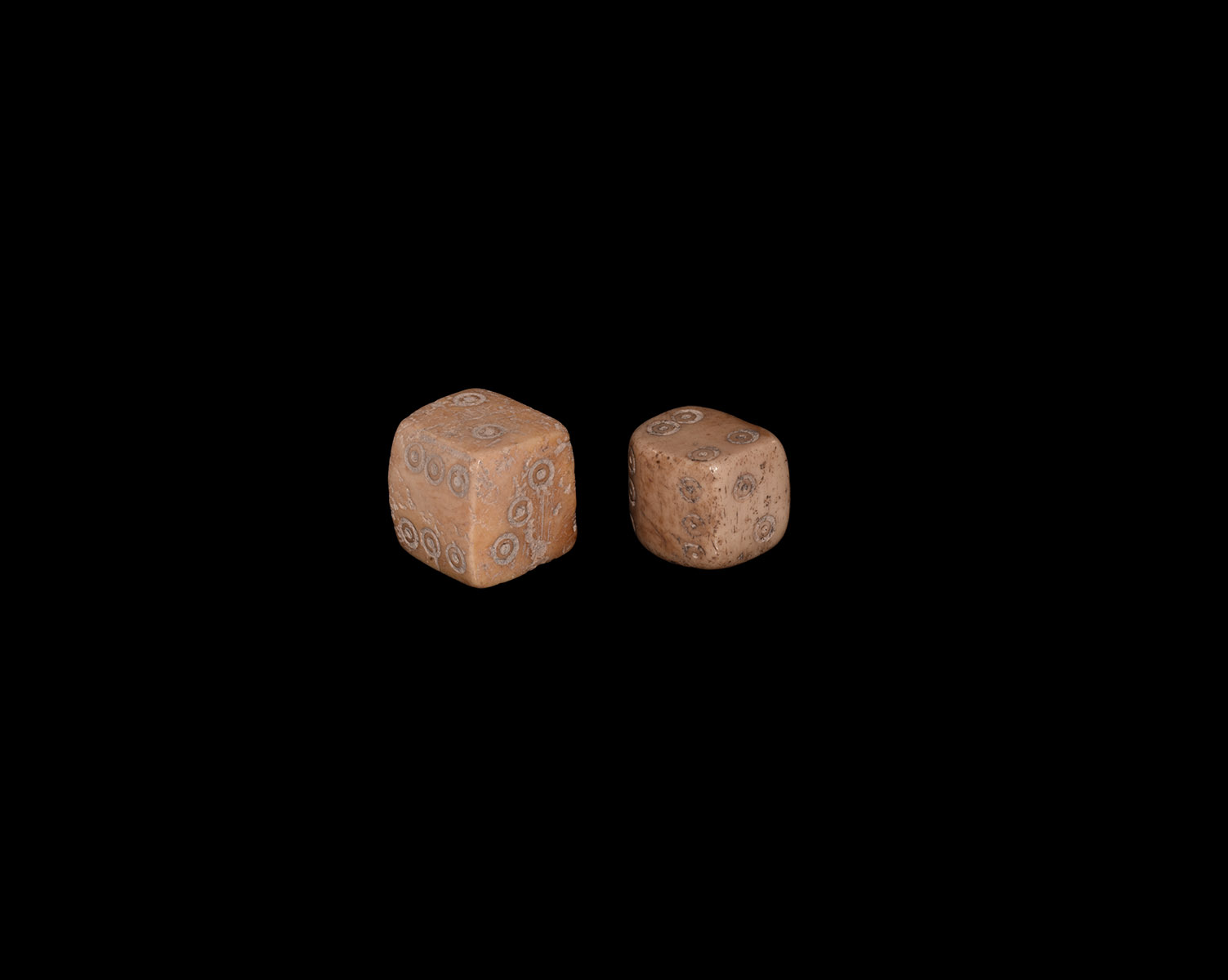
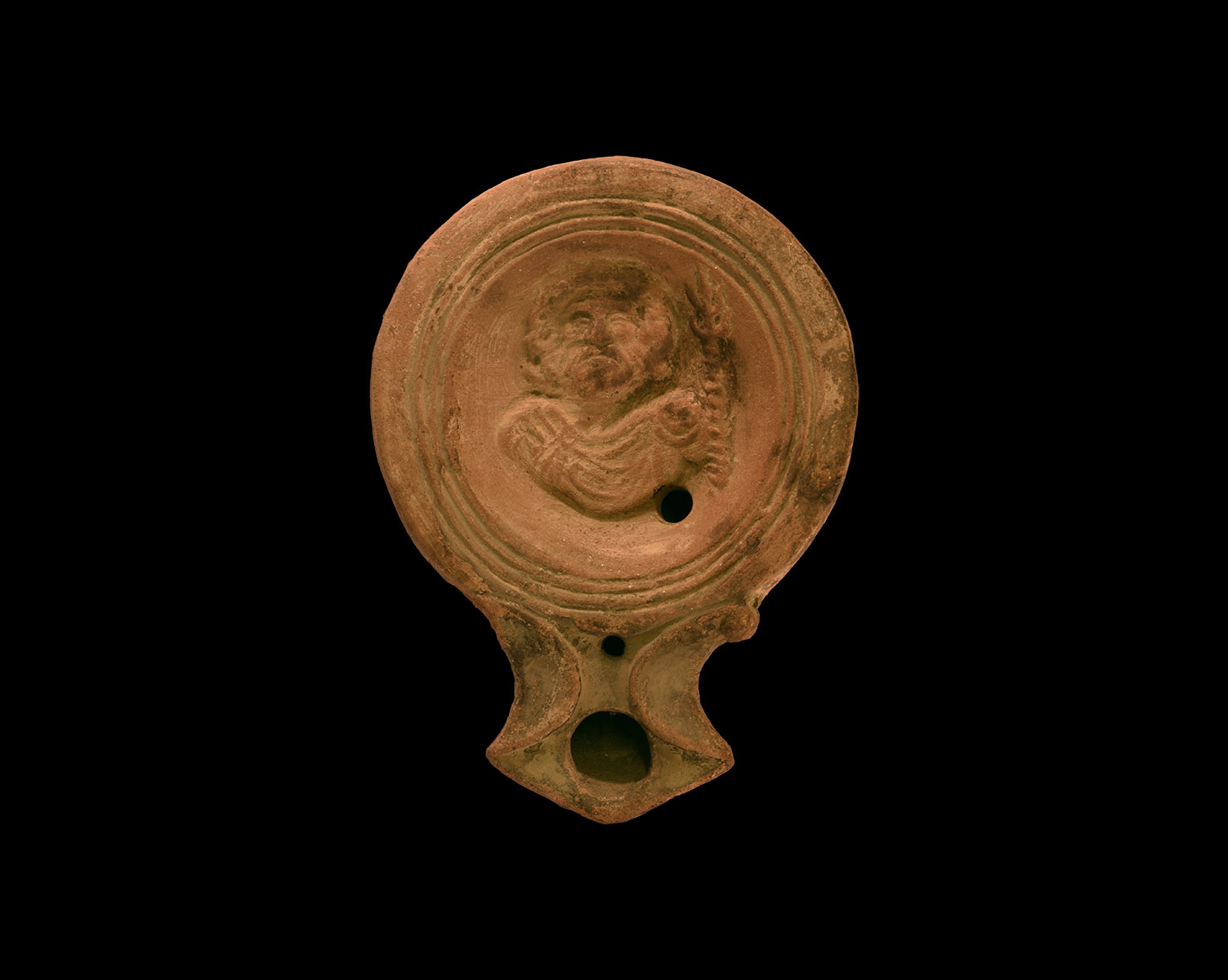
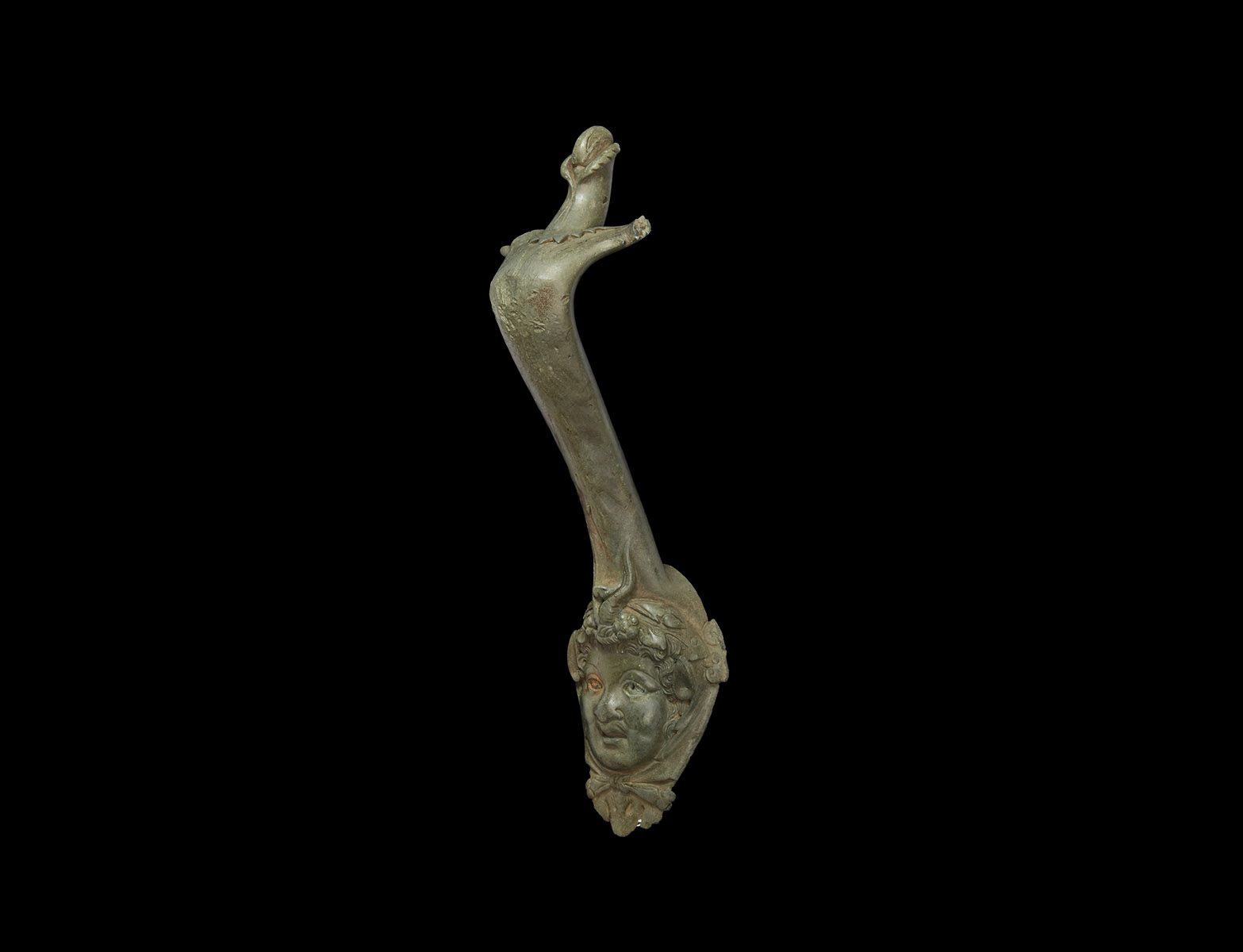
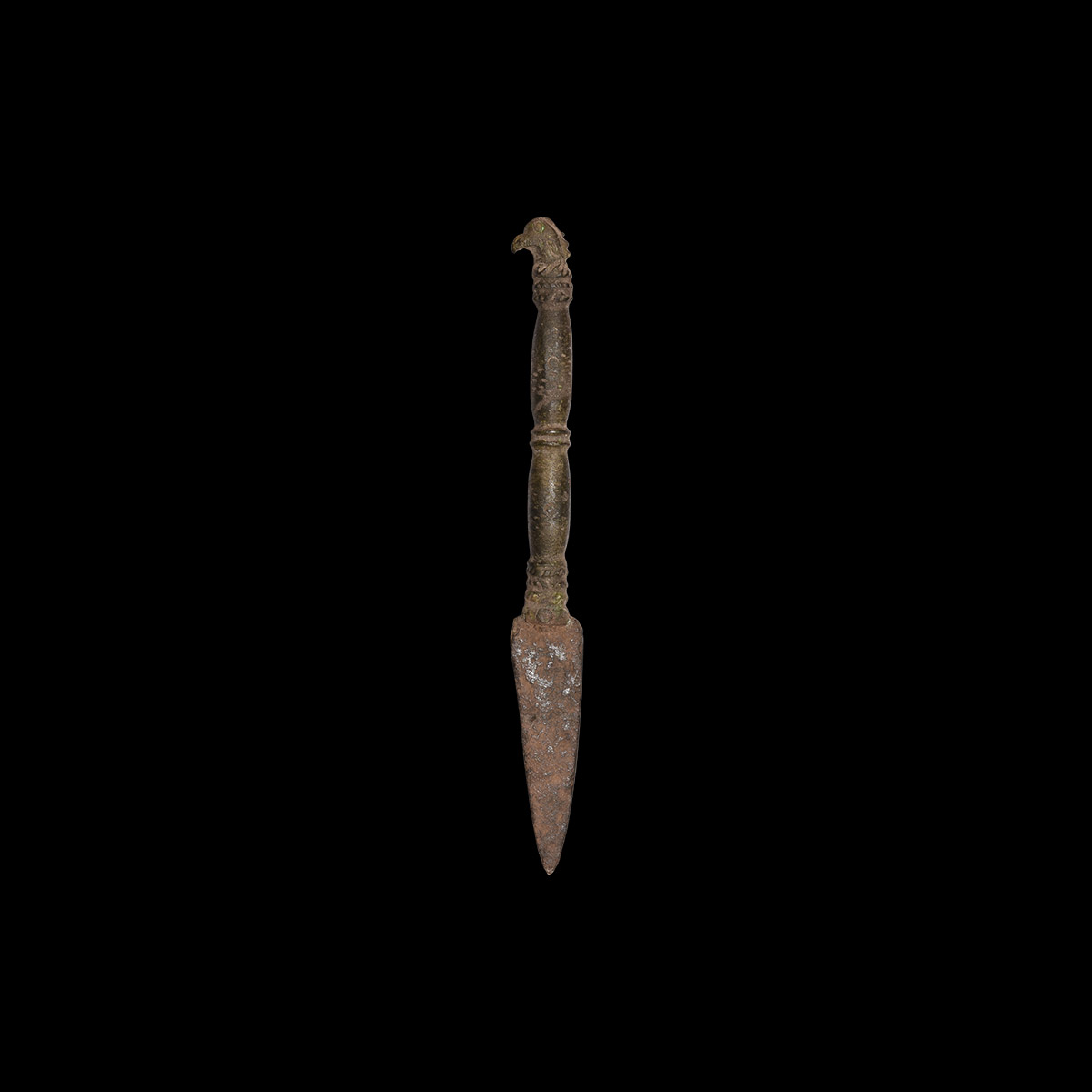
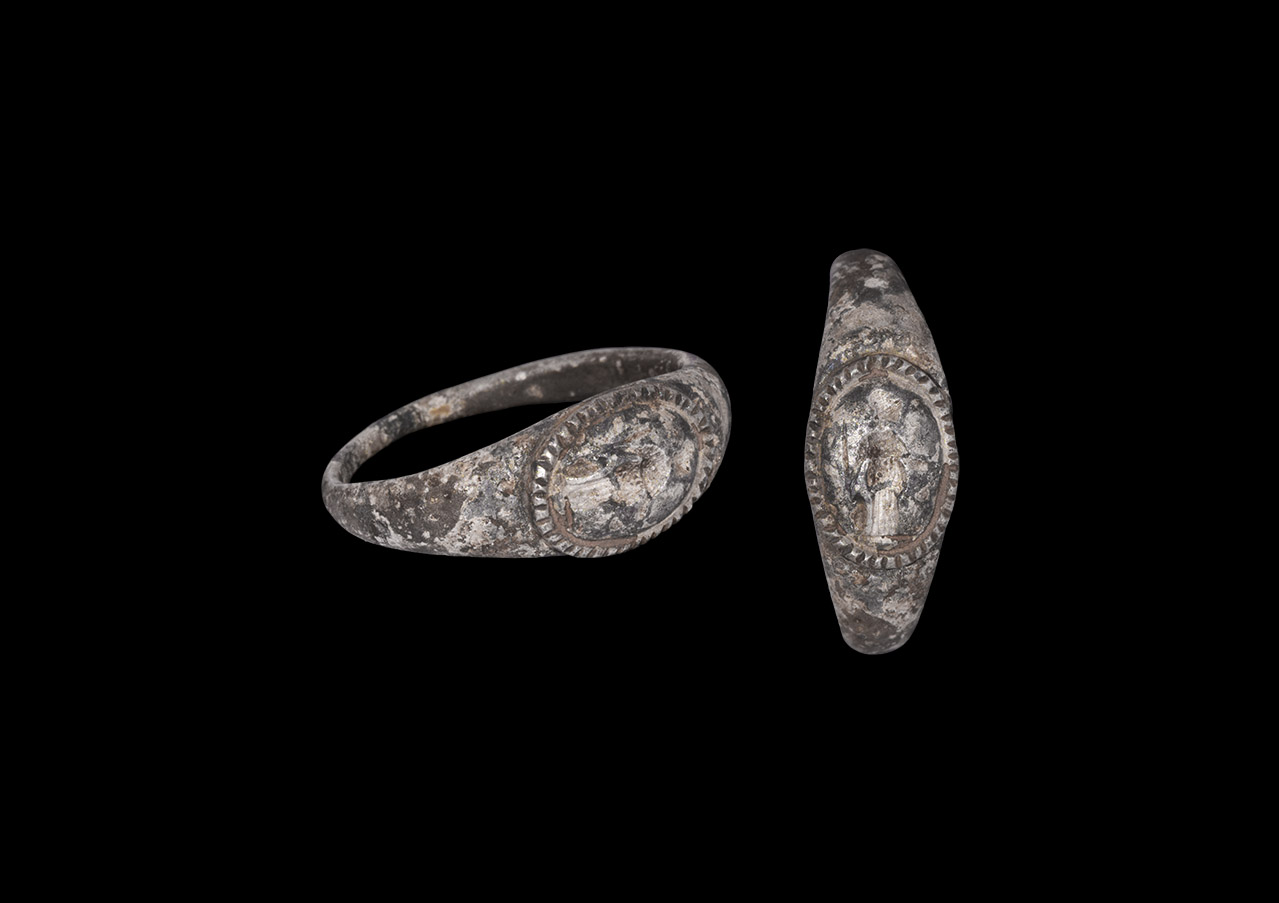

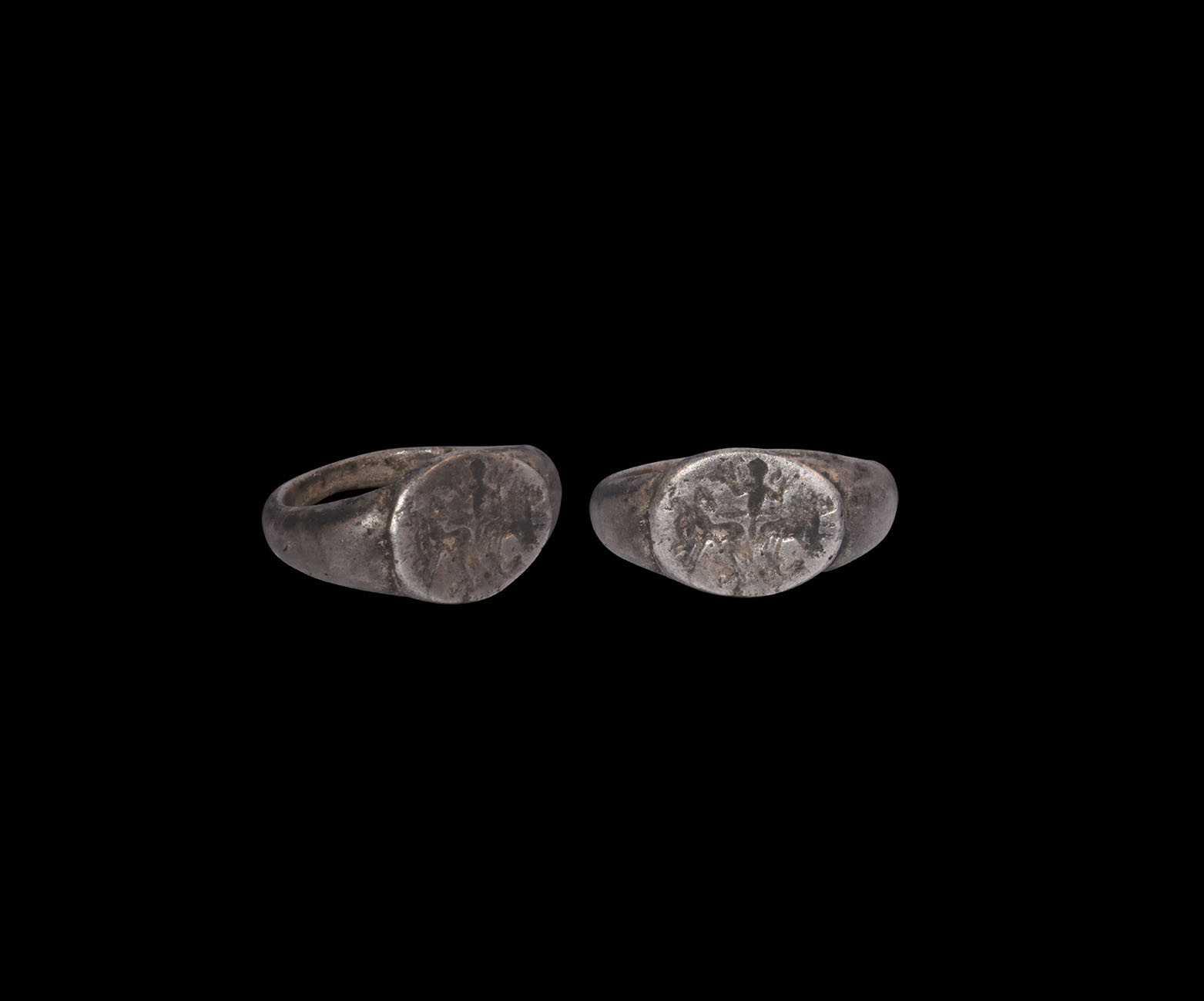
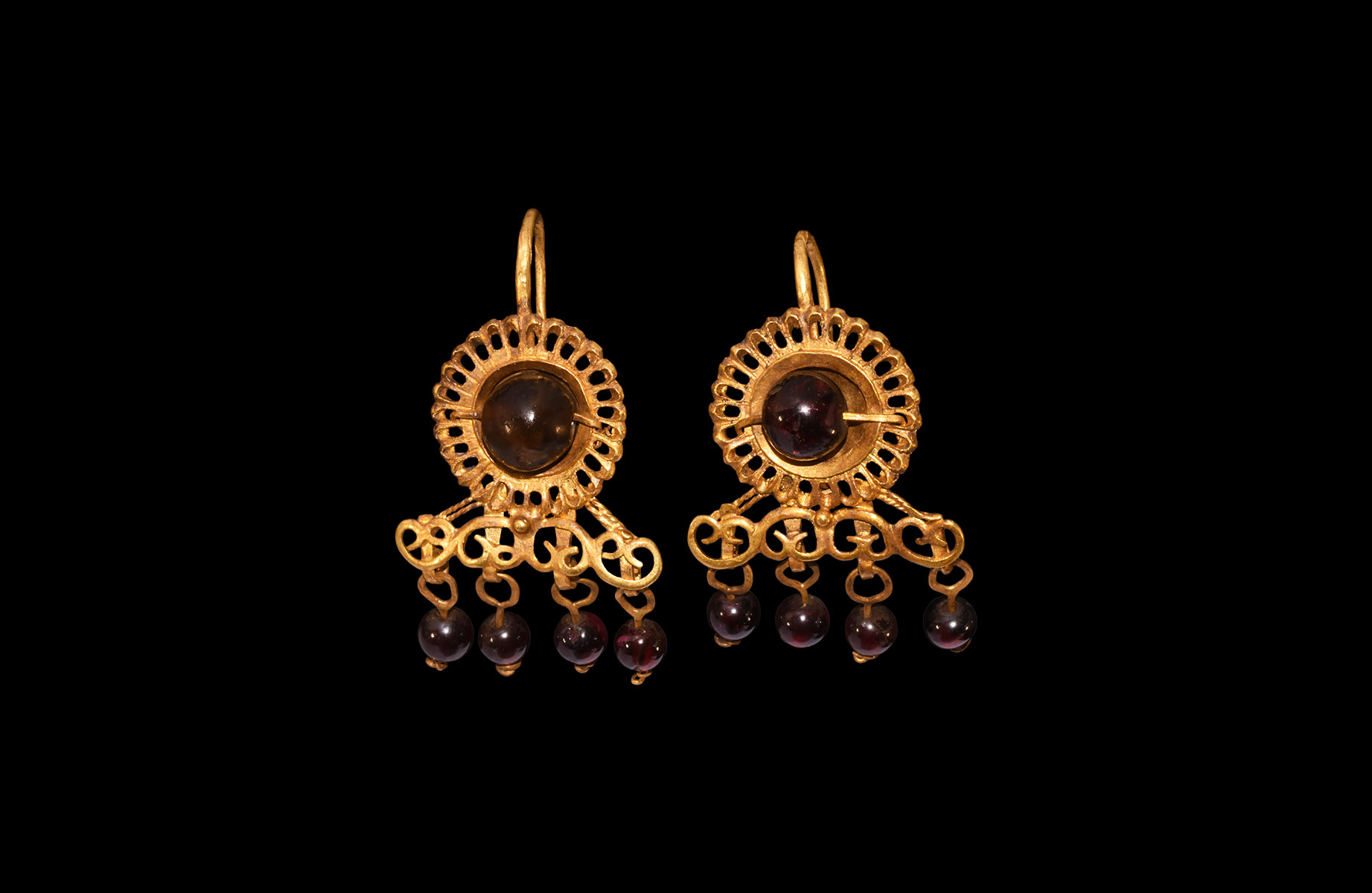
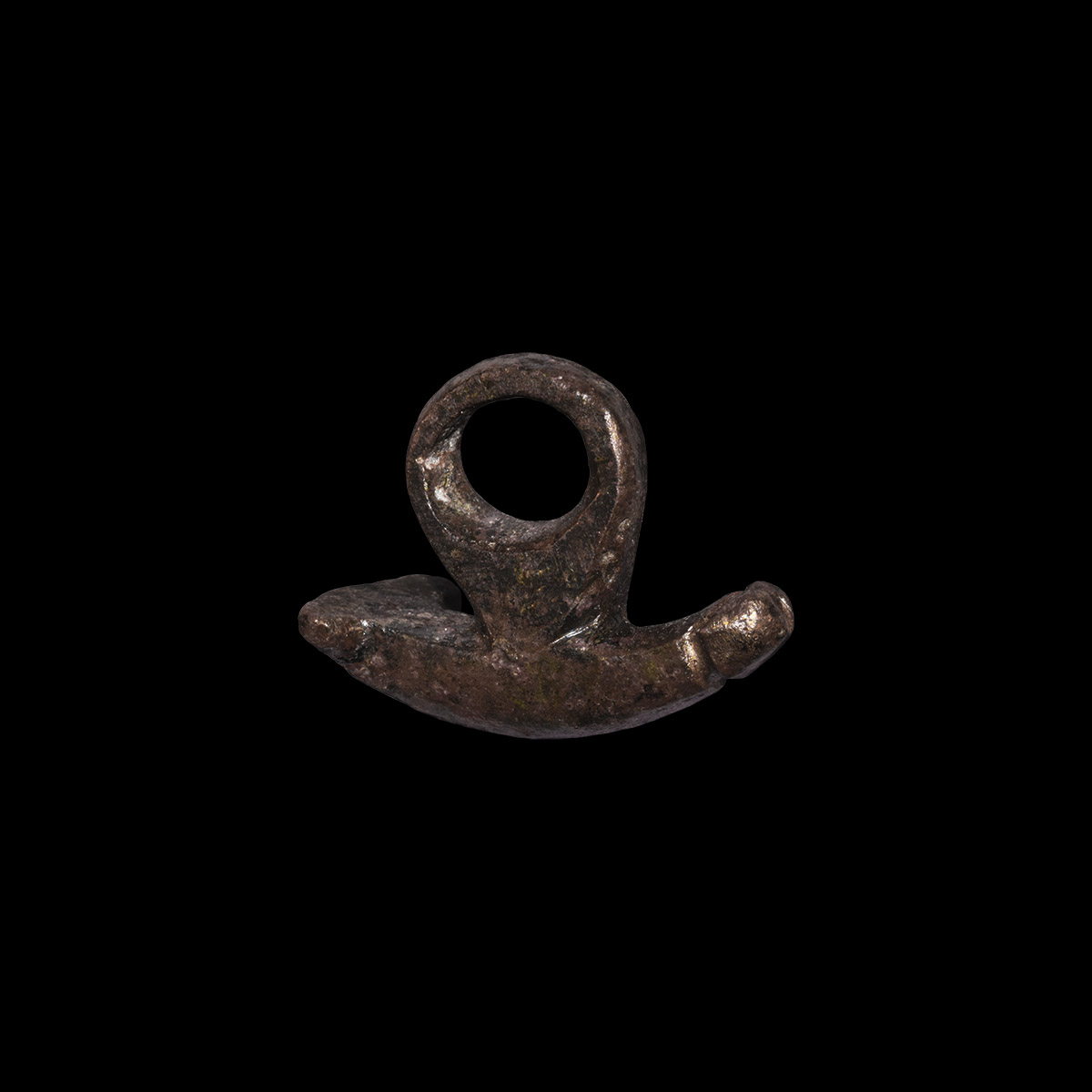
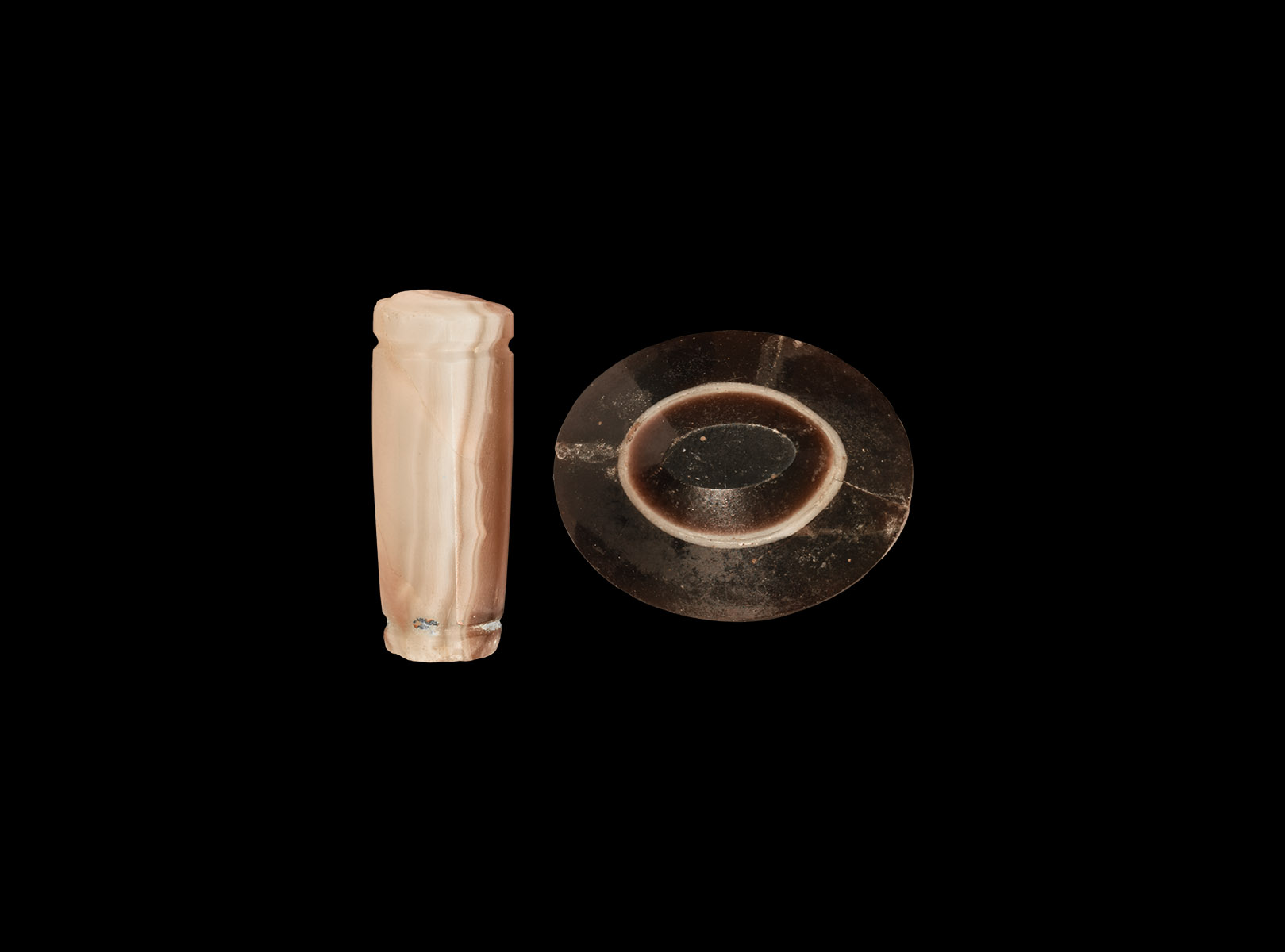
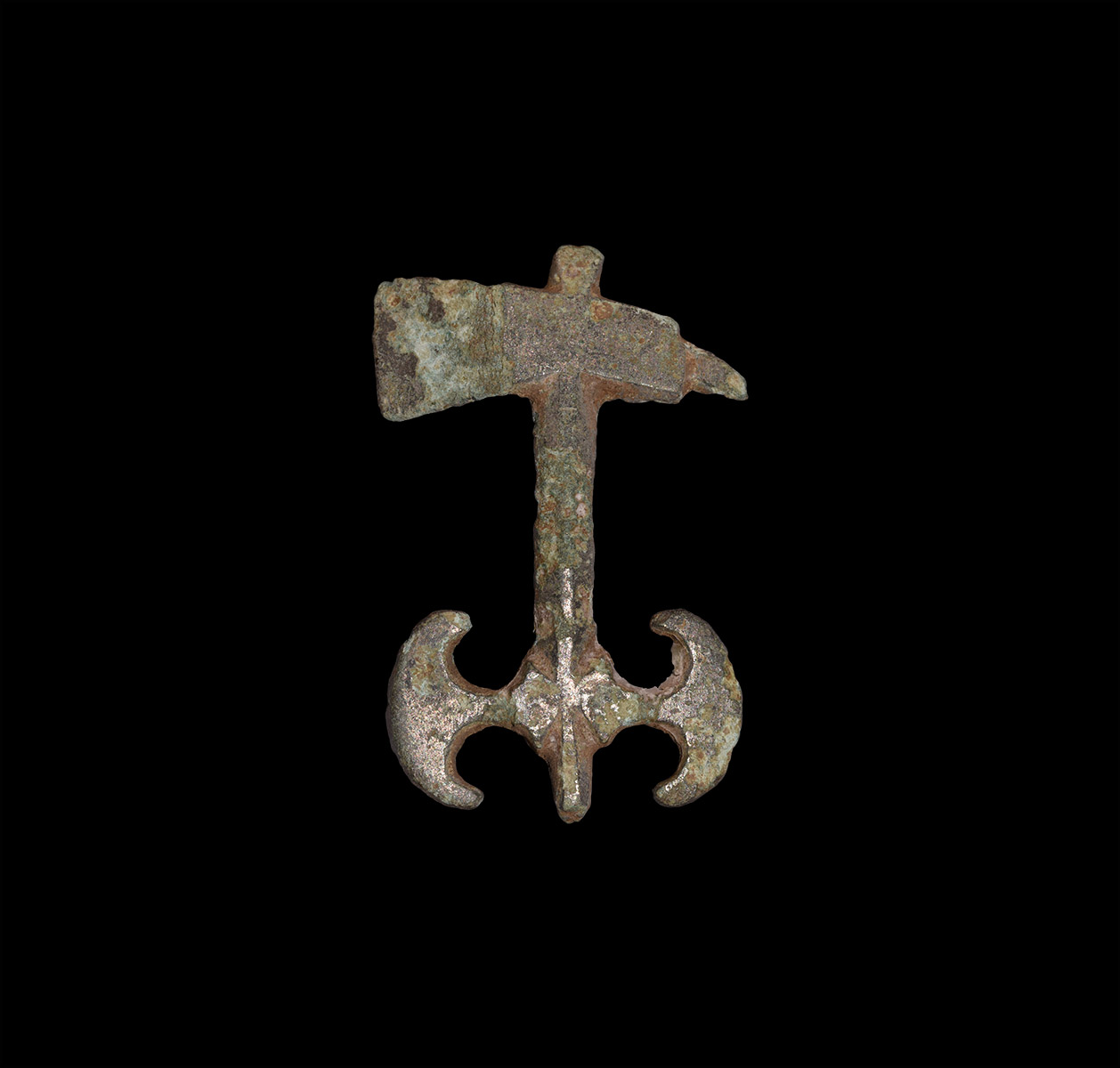
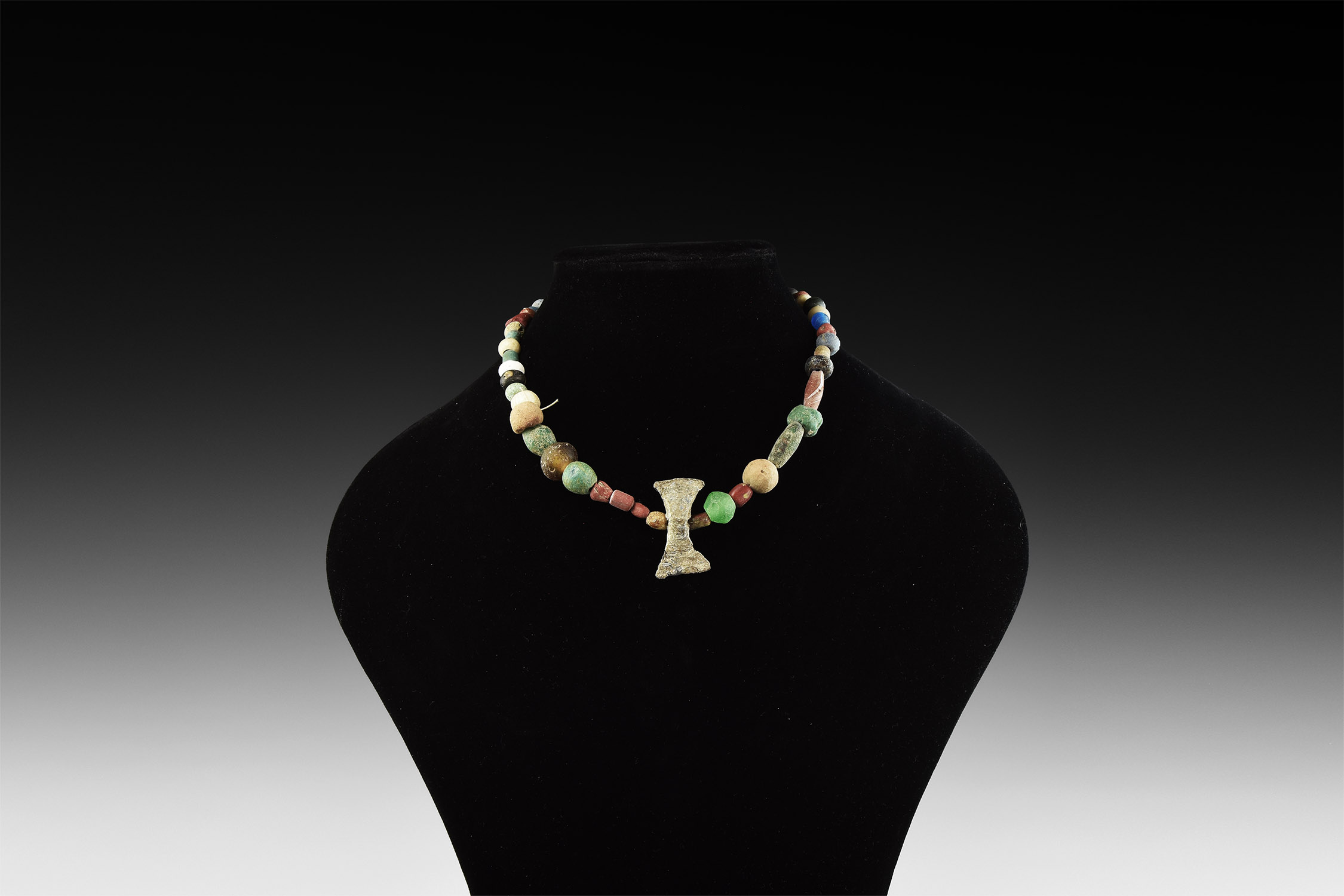
Try LotSearch and its premium features for 7 days - without any costs!
Be notified automatically about new items in upcoming auctions.
Create an alert